Together apart
Two heads are better than one. That’s long been the accepted wisdom in creative departments, everywhere. Someone good with words, someone good with visuals, bouncing ideas off each other in some sort of conceptual ping pong match. But what happens when those two heads can’t be in the same room any more? What happens when the age-old creative process gets forcibly transplanted onto Zoom and Slack at a moment’s notice?
It’s been over a year since the pandemic turned the world upside down. Now, as we all start eyeing up what a return to normal may possibly look like, maybe it’s time for our industry to see what some of those changes have had on the way creatives work, and what learnings we can take from them.
For a start, the creative process did survive. It had to. (Yes, it may have taken several months for some of us to remember not to press return at the end of a sentence on Slack if we didn’t want to send it instantly, but that’s a different story.)
But then to a lot of people’s surprise (including my own) the process didn’t just survive, it thrived.
Why?
How could the 2D, compressed nature of online Zoom and company possibly be a boon to the nebulous airy-fairy process that is creative?
One thing which helped immensely, is that we’re a tight knit bunch here at CreativeRace. No prima donnas, no politics. We all worked closely together before lockdown, and that was a great help in getting things up and running wholly online in no time at all.
Another consideration has been focus. Normally, as creatives you’re pulled all over the place during the course of the day. An uninterrupted brainstorm with a creative colleague for two or three hours about the project at hand was unheard of. Yet on Zoom and Slack it’s the norm. Just hit the mute conversations button and you’re laughing. Pre-Covid if you did try and hide yourselves away in a meeting room you could invariably guarantee that the office manager/friendly bailiff would have the room booked and soon turf you out.
Limitless space for displaying and reviewing projects in progress has been a godsend too. Sticking up endless scribbles and printouts to walls and boards for meeting after meeting, only to then have to take them down because someone else needed the board was a pain in the ass to be honest. But in cyber space and Google Docs you have as much space as you want to store and review work as and when. Never in my professional career have I used so little physical paper, nor sculpted so few tiny Blu Tac figures during my working day.
The chance for creatives to present creative work to clients has also increased considerably. Often time constraints meant that a creative’s absence from the office was reserved for the largest, most important projects. Now we’re in a position to present virtually all our work to our clients on screen – answering questions, addressing concerns and developing ideas there and then, that before, account handlers would normally have to relay back to the team with inevitable delays.
And the lack of commute has meant that designers, writers and art directors arrive fresh at their desks ready to get stuck in, rather than having depleted all their creative juices conjuring up expletives at other M1 drivers or never appearing trains.
Of course, working from home for creatives does have its downsides. Getting to know new recruits to the team is not easy. Some team members struggle to find a quiet corner at home. The chance overhearing of a remark or spotting a client relevant news story that then sparks a reactive idea, isn’t quite as straightforward as it once was. And of course, the absence of a team drink on a Friday lunchtime drink is sorely missed.
But, those points aside, the creative process certainly is working. In the last twelve months we’ve won new clients, developed existing ones, and received the type of gushing feedback that makes you blush, feel warm inside and go all weak at the knees.
So, as we slowly begin to try and make sense of what the hell just happened, we’d be foolish not to learn these lessons, and take the chance to improve something as fundamental to our industry as the creative process.
Let’s all put our heads together – physically or otherwise – and have a think.
About the author:
Bill Lyne is the Senior Copywriter at CreativeRace. With 20+ years’ experience, Bill has worked at some of the biggest agencies in the north and picked up quite a few awards along the way.

























